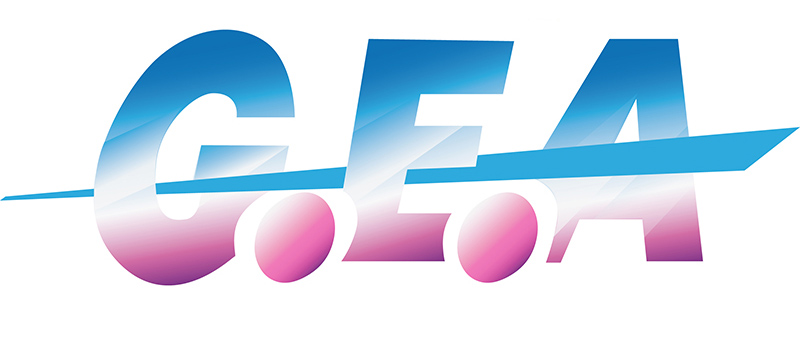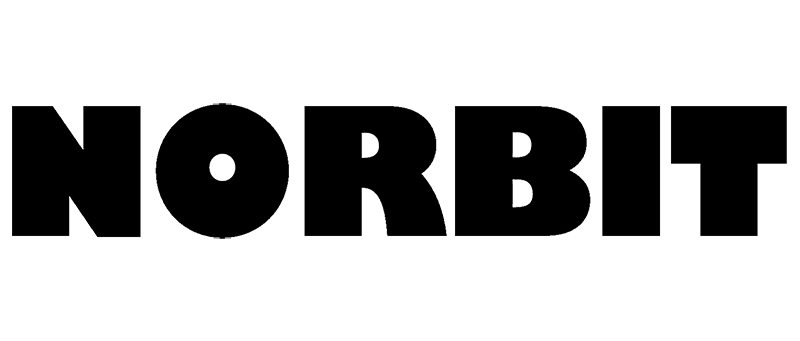About CEN DSRC
CEN DSRC is used for road charging, the enforcement of the smart tachograph, that protects truck drivers and other motorists from the risks of too long driving hours. Enforcement agencies use it to control the weight of trucks, again protecting truck drivers and motorists, as well as road surfaces, from the risks linked to overloading.
CEN DSRC - a member of the near-field communication family
In a nutshell: CEN DSRC is related to applications such as access cards, RFID, anti-theft systems, etc. In a nutshell and in principle: there are antennae involved that throw out a radio communication field and antennae that reflect the signal of the radio field once they enter it, often they are referred to as reader and tag. In the CEN DSRC context the reader is referred to as ‘road side unit’ (RSU) and the tag as ‘on-board unit’ (OBU). The road side unit throws out a field of communication, if an on-board unit enters the communications field it reflects it’s ID back to the road-side unit. The road-side unit registers the on-board unit. What makes CEN DSRC different from other reader and tag systems? CEN DSRC is tailored for road use and highest integrity level communication for enforcement or financial transactions.
CEN DSRC - De-carbonisation and emissionsUse-case road charging: localisation
Electronic road charging relies on checking a vehicles position, one way of doing this is registering when a vehicle equipped with an OBU passes through a well-defined area that is covered by the radio signal of one or more RSU. The road operator knows where the RSU is and hence where the vehicle passed and can then charge accordingly. This can be done at toll plazas, via dedicated electronic fats lanes for regular users or as a free flowing system that works without toll plazas, also knowns as MLFF. In MLFF systems there will be RSU that are complemented with video cameras to visually check that the vehicle number plate, numbers of axles, etc. correspond to the data registered with the OBU in the back office of the toll charger.
Use-case road charging: CEN DSRC in GNSS based charging
A GNSS based road charging system uses satellite signals to localize the vehicle. GNSS is a popular localisation technology for MLFF systems, since they require less RSU. The GNSS waypoints are sent in certain intervals or locations, so-called virtual gantries, to the backoffice, so the road operator knows where the vehicle has been. In a GNSS localisation system the road operator has to trust the GNSS signal, since such signals can be jammed or spoofed, it makes sense to check every once in a while the position of the vehicle using RSU and match the GNSS signal with the position of the RSU. This is done using CEN DSRC, due to the high signal integrity of CEN DSRC.
CEN DSRC - Social sustainability & road safetyUse-case smart tachograph
In this use case enforcement authorities use a mobile CEN DSRC RSU to create a communication field at a random location and the CEN DSRC interface of the smart tachograph serves as an OBU. Here the tachograph transmits data about possible tampering. The smart tachograph use-case differs from the road charging use cases, since the position of the RSU may vary, the RSU is mobile and is positioned at street level. This has an impact on mitigation measures to counter against harmful radio interference from other radio services.
Use-case weights and dimensions
This is another enforcement use case, again using a mobile RSU to create a communication field at a random position along the road to control the weight of a truck. Here the CEN DSRC interface of on-board weighing equipment. Like all enforcement the position of the RSU is not previously known in this use-case and located at street level. This has an impact on mitigation measures to counter against harmful radio interference from other radio services.
CEN DSRC a European Standard
The name CEN DSRC refers to European standard: CEN stands for Comité Européen de Normalisation or European Committee for Standardisation and it created a standard for ‘dedicated short-range communication’ in short DSRC. In Europe CEN DSRC broadcasts on the 5.8 GHz frequency band and CEN DSRC is used as a sustainability technology for road transport.
Note: in the US the term DSRC is used differently and refers to C-ITS vehicle-to-vehicle near field communication technology.
When we talk about CEN DSRC we refer to the European standards and use cases.
CEN DSRC is a suite of European standards developed to enable authenticated and high-speed identification of vehicles at lowest cost. CEN DSRC enables highest levels of privacy, its attack surface is minimal, it’s short communication range and latency further increase security. It offers authentication, non-repudiation and integrity and is in use for highest integrity communication, such as law enforcement or financial transactions in tolling. On top of the high-integrity aspect of communication, it is extremely cost efficient and interoperable.
These properties qualify it for highly sensitive transactions, such as enforcement or financial transactions. The safety of truckers and motorists alike is assured by CEN DSRC transactions, more than EUR 30 billion depend on it, using CEN DSRC either as localisation technology through toll gantries or as toll enforcement technology for systems that use GNSS as localisation technology.
CEN DSRC Standards:







